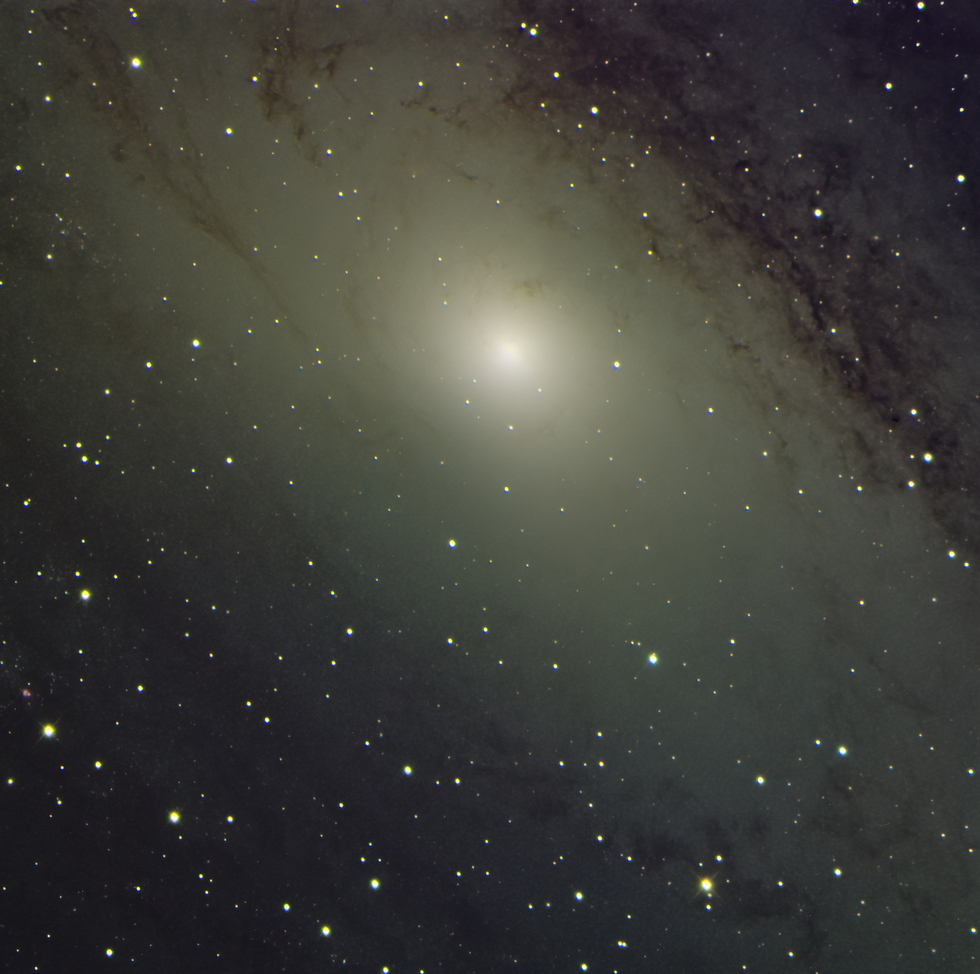M31
M31
ONE CLICK OBSERVATIONS
The Andromeda Galaxy (M31) in Andromeda is the most famous celestial body in the autumn starry sky. Also known as the Andromeda Galaxy, its brightness is 4.4 mag. In a dark place in the sky, you can see it with the naked eye in a slightly vague appearance that is different from the stars. If you look through binoculars in a dark place in the sky, you can clearly see the elliptical galaxy as you can see in the picture. The Andromeda Galaxy is a spiral galaxy with hundreds of billions of stars, larger than the Milky Way Galaxy and over 200,000 light-years in diameter. The apparent size is more than five times the diameter of the moon. In 1924, American astronomer Edwin Hubble discovered that the object was another galaxy far outside the Milky Way galaxy. At a distance of about 2.5 million light-years, it is one of the most distant objects that humans can see with the naked eye.
The Andromeda Galaxy (M31) in Andromeda is the most famous celestial body in the autumn starry sky. Also known as the Andromeda Galaxy, its brightness is 4.4 mag. In a dark place in the sky, you can see it with the naked eye in a slightly vague appearance that is different from the stars. If you look through binoculars in a dark place in the sky, you can clearly see the elliptical galaxy as you can see in the picture. The Andromeda Galaxy is a spiral galaxy with hundreds of billions of stars, larger than the Milky Way Galaxy and over 200,000 light-years in diameter. The apparent size is more than five times the diameter of the moon. In 1924, American astronomer Edwin Hubble discovered that the object was another galaxy far outside the Milky Way galaxy. At a distance of about 2.5 million light-years, it is one of the most distant objects that humans can see with the naked eye.
SPECIFICATIONS
Telescope
SPA-2 Officina Stellare ProRC 700
Camera
FLI ML16803
Location
SPAIN
Date of observation
30 Oct 2021
Filters
LRGB
Processing
DSS StellaImage9 AffinityPhoto Denise Ai


